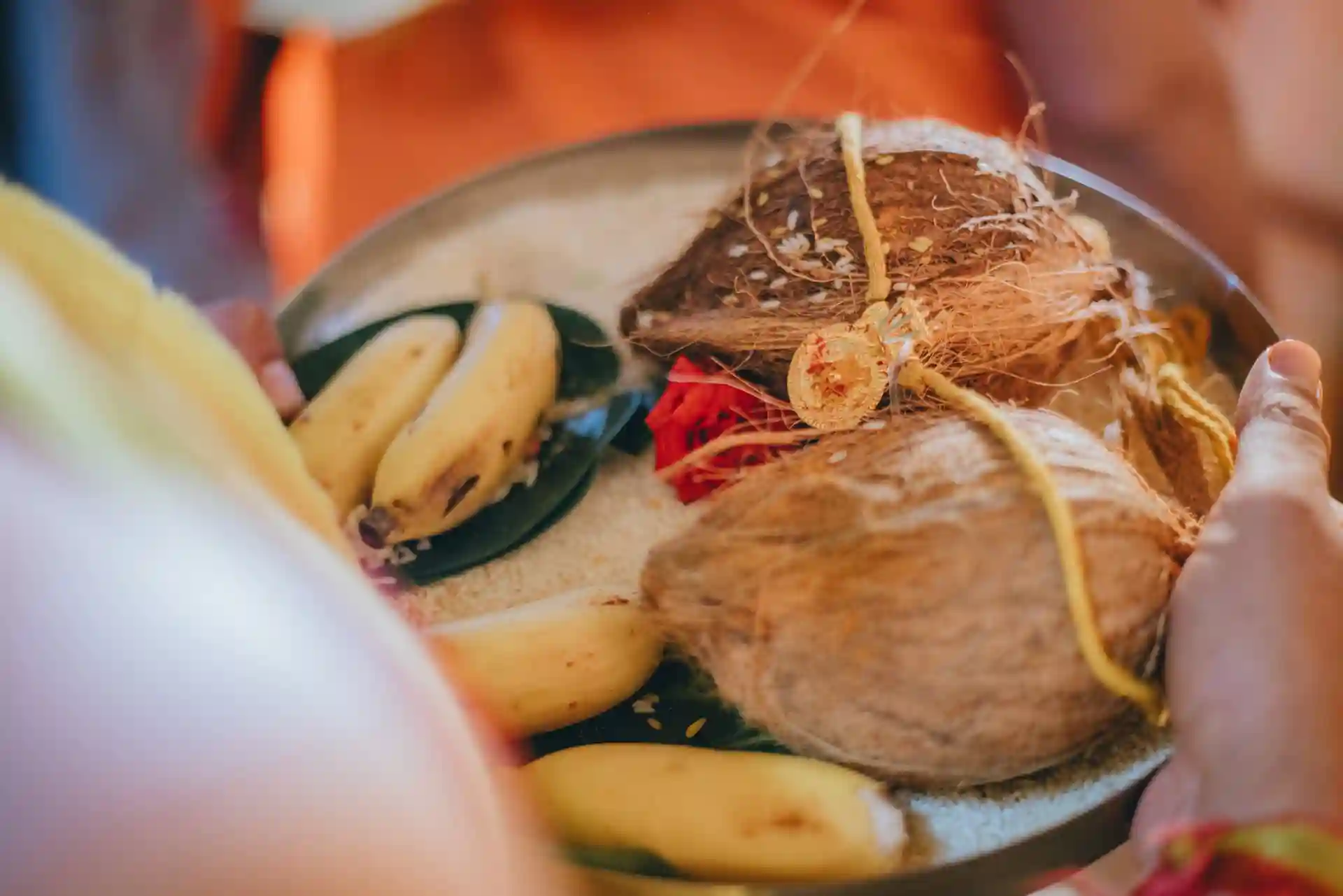The Kumaoni people in northern India’s Uttarakhand state have preserved their customs and traditions to this day, but they aren’t immune to modern influence. In fact, many Kumaoni people now live in cities and are exposed to new ways of living. Their weddings, which are usually traditional, reflect these changing ways of life and are still deeply rooted in tradition. Take a look at the fascinating wedding rituals of the Kumaoni people below!
Ring Ceremony
The Kumaoni people of India have a fascinating set of wedding rituals that are steeped in tradition. One of these is the ring ceremony, which takes place before the actual wedding ceremony. During this ritual, the groom gives his bride-to-be a golden ring to wear on her right hand’s little finger. For their marriage to be considered official, this ring must remain on her finger until death and so she cannot take it off for any reason.
In many cases, this gold band is given by the father of the groom to his daughter-in-law after he receives it from his son.
This ritual also symbolizes how if married couples stay faithful to each other, they will remain prosperous as long as they stay together and respect one another.
Mehendi Ceremony
The Mehendi ceremony is a very important part of a traditional Kumaoni wedding. The bride and her female relatives and friends will gather together to have their hands and feet decorated with beautiful henna designs. This ceremony is often accompanied by singing and dancing, and it is a time for the women to bond and enjoy each other's company. The Mehendi ceremony usually takes place a few days before the wedding day.
Ganesh Puja
The first day of the wedding begins with a puja, or prayer ceremony, to Lord Ganesh. The bride and groom each receive a small piece of ginger, which they place in front of the statue of Lord Ganesh. They then say a prayer asking for his blessing as they begin their new life together.
Varmaala
The Varmaala is a very important part of the Kumaoni wedding ceremony. It is a ritual where the bride and groom exchange garlands made of flowers. This signifies their love and commitment to each other. The Varmaala is also a way for the families to show their support for the couple.
KanyaDaan
The most important part of a Kumaoni wedding is the kanya daan, or the giving away of the bride. This ritual symbolizes the selfless nature of love, and is considered one of the most important aspects of a Kumaoni wedding. The bride's father places her hand in the groom's hand, and they exchange garlands made of flowers. The groom then puts a sindoor mark on the forehead of the bride, signifying their marriage.
Saptapadi
The Saptapadi, or seven steps, are taken by the bride and groom during the wedding ceremony. Each step represents a promise made by the couple to each other. These promises are:
1. To love and cherish each other for eternity
2. To be honest and truthful with each other
3. To always be there for each other in times of need
4. To never go to bed angry with each other
5. To always communicate openly with each other
6. To respect each other's families and friends
7. To never forget their love for each other
Vidai
The vidai is a ceremony that takes place at the end of the wedding, and it symbolizes the bride's departure from her home. The bride's parents give her a blessing and then she leaves with her husband. This is a very emotional moment for both the bride and her family, and it is considered to be one of the most important parts of the wedding.
Conclusion
The Kumaoni people have a rich and fascinating culture, and their wedding rituals are no exception. From the pre-wedding festivities to the actual ceremony, these traditions are sure to leave you amazed. So if you're ever lucky enough to attend a Kumaoni wedding, be prepared for an experience unlike any other.



